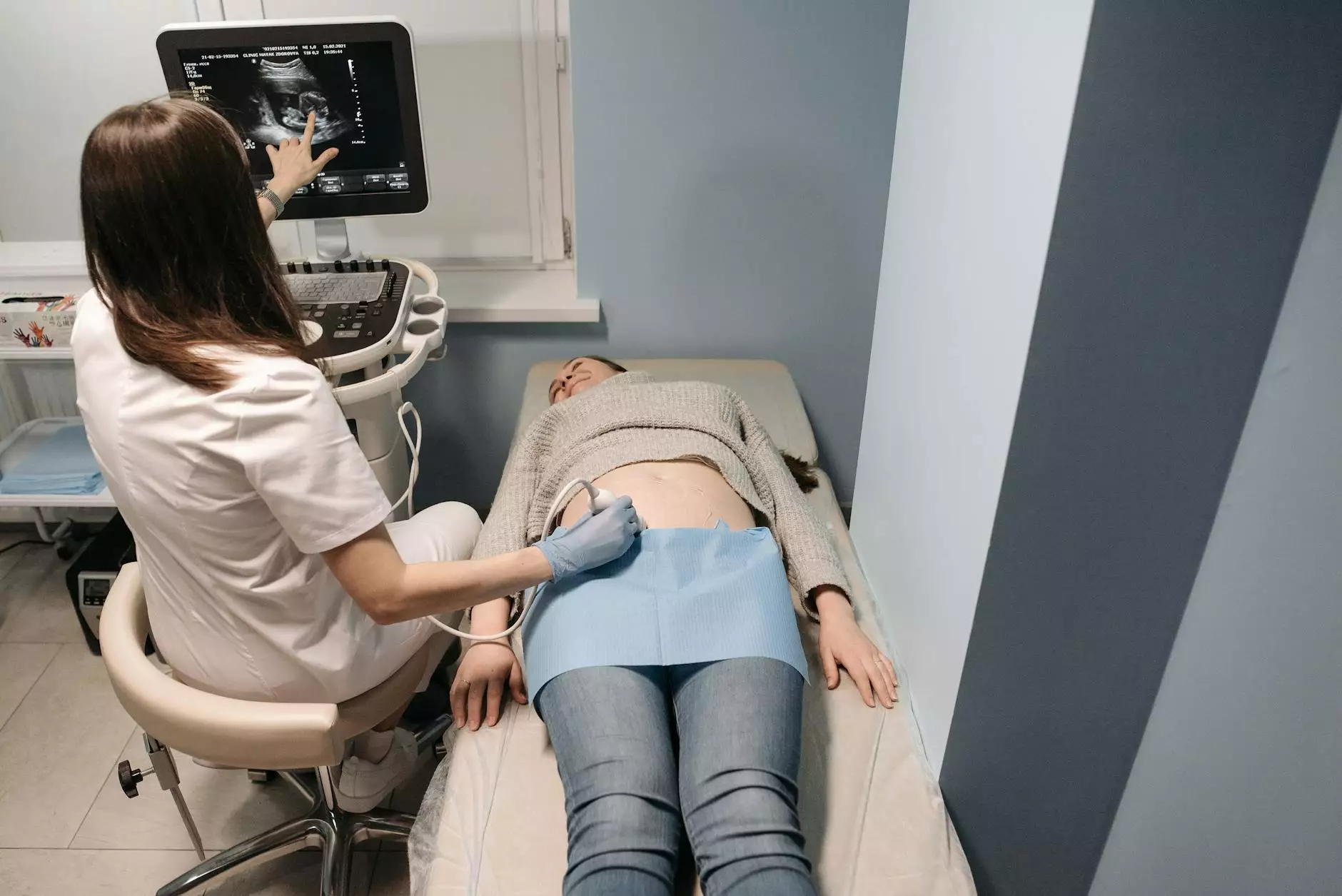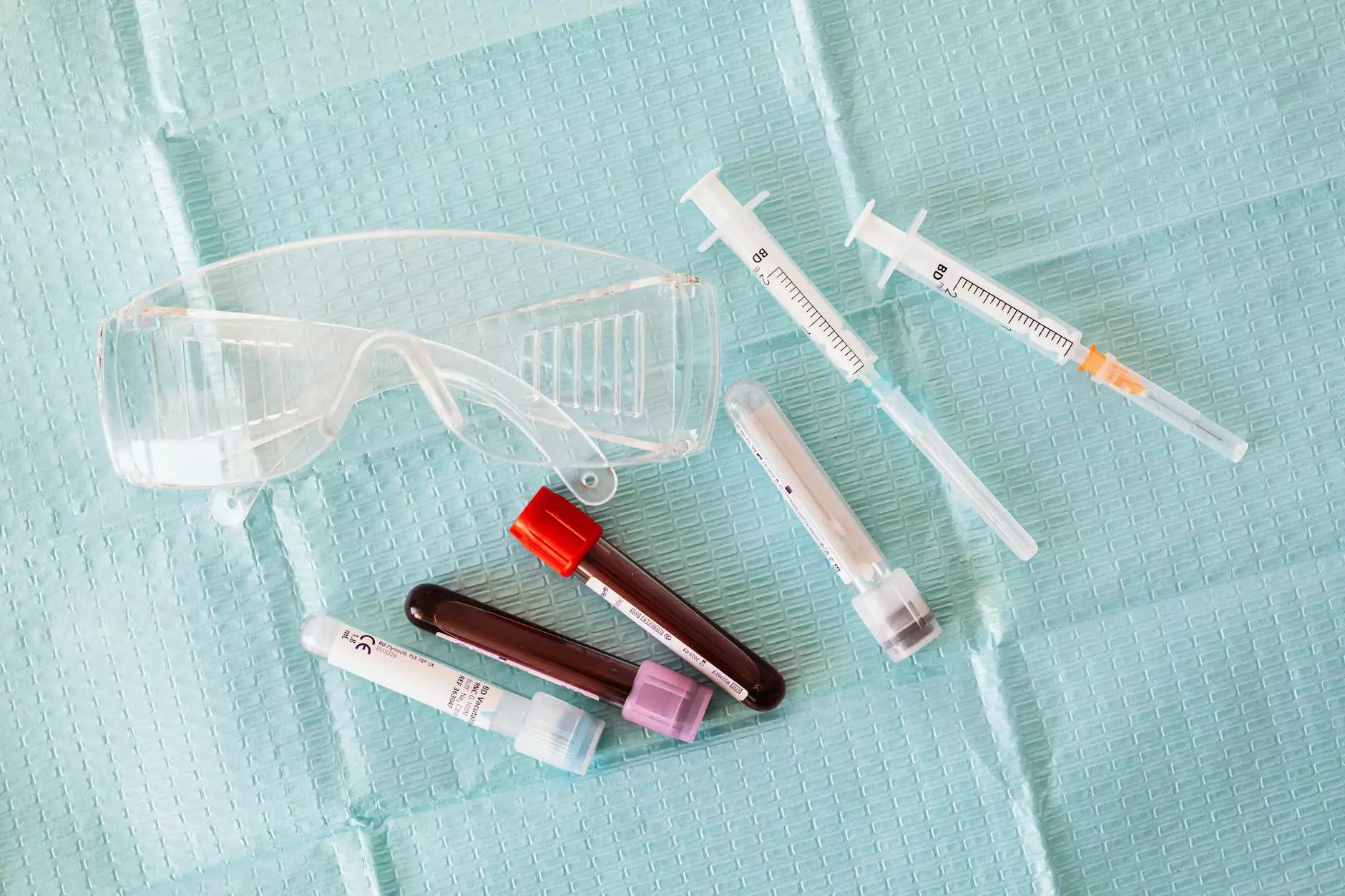Effective Iliotibial Band Syndrome Treatment at The Foot Practice

Introduction
Welcome to The Foot Practice, your leading podiatry clinic specializing in foot care and health. Our expert team of podiatrists works diligently to provide comprehensive treatment options for various foot conditions. In this article, we will discuss the effective treatment methods for iliotibial band syndrome, a common disorder affecting many individuals.
Understanding Iliotibial Band Syndrome
Iliotibial band syndrome, also known as IT band syndrome, is a common overuse injury that affects the outer side of the thigh and knee. It occurs when the iliotibial band, a thick band of fibrous tissue that runs along the outside of the thigh, becomes tight or inflamed. This condition is often observed in runners, cyclists, and individuals participating in activities that involve repetitive leg movements.
Signs and Symptoms
Individuals with iliotibial band syndrome may experience several symptoms, including:
- Pain or aching on the outer side of the knee
- Swelling or tenderness along the iliotibial band
- Sharp or burning pain during exercise or activity
- Difficulty bending or straightening the knee
- Snapping sensation when moving the knee
Treatment Options
At The Foot Practice, we offer a range of effective treatment options to alleviate the symptoms of iliotibial band syndrome and promote a speedy recovery. Our knowledgeable podiatrists assess each patient's condition and develop personalized treatment plans tailored to their specific needs.
1. Rest and Activity Modification
Resting and avoiding activities that aggravate the symptoms is essential for healing. Our podiatrists provide guidance on modifying activities, ensuring a proper balance between rest and gradual return to physical activities.
2. Physical Therapy
Our skilled physical therapists work closely with patients to develop exercise programs that focus on stretching and strengthening the muscles surrounding the iliotibial band. These exercises aim to improve flexibility, reduce tightness, and enhance overall leg strength.
3. Orthotics and Shoe Modifications
Custom orthotic devices, such as shoe inserts or arch supports, can help correct any biomechanical imbalances contributing to iliotibial band syndrome. Our podiatrists assess the patient's gait and recommend appropriate orthotics or modifications to footwear for better support and alignment.
4. Anti-inflammatory Medications
In some cases, nonsteroidal anti-inflammatory drugs (NSAIDs) or corticosteroid injections may be prescribed to alleviate pain and reduce inflammation around the affected area. Our expert podiatrists carefully evaluate each patient's medical history before recommending such medications.
5. Biomechanical Analysis
Using advanced technology and gait analysis, our podiatrists can assess any biomechanical abnormalities contributing to the development of iliotibial band syndrome. Based on the analysis results, appropriate corrective measures can be recommended to prevent future occurrences.
6. Regenerative Treatments
For cases that do not respond to conservative treatment approaches, our clinic offers advanced regenerative treatments, such as platelet-rich plasma (PRP) therapy or extracorporeal shockwave therapy (ESWT). These innovative procedures promote tissue healing and accelerate the recovery process.
Prevention and Rehabilitation
At The Foot Practice, we emphasize the importance of prevention and long-term rehabilitation to minimize the risk of recurring iliotibial band syndrome. Our expert team provides comprehensive guidance on proper warm-up and stretching exercises, footwear selection, and training techniques to optimize overall foot and leg health.
Contact The Foot Practice Today
If you are experiencing symptoms of iliotibial band syndrome or any other foot-related concerns, don't hesitate to reach out to The Foot Practice. Our experienced podiatrists are dedicated to providing exceptional care and ensuring your feet receive the treatment they deserve. Contact us today to schedule an appointment or learn more about our services.
iliotibial band syndrome treatment








